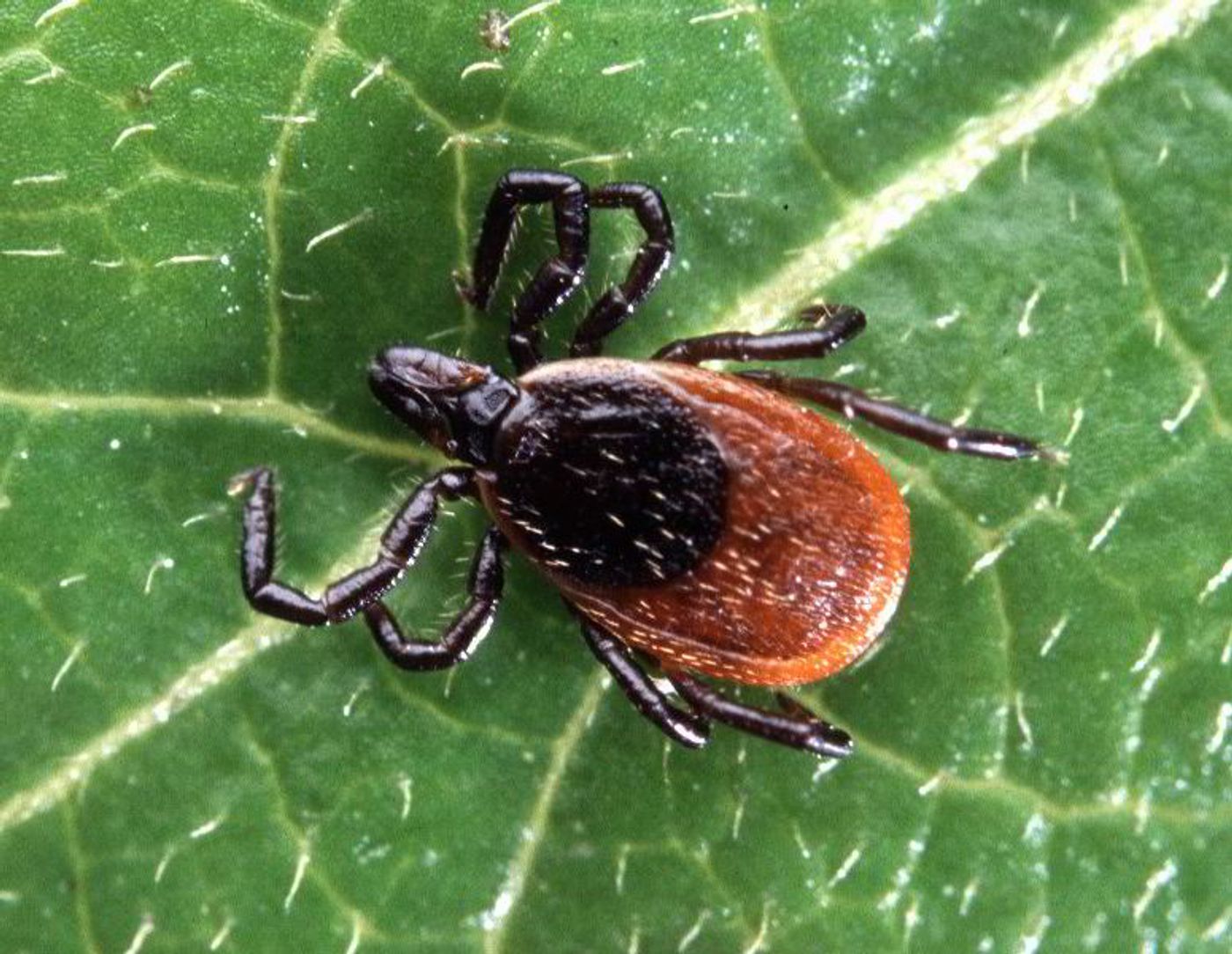Here’s a question. Is Lyme disease more common nowadays?
Lyme disease used to be a disease specific to the Northeastern US, contracted by outdoorsy types when they got bit by ticks. More recently, a number of people that I know personally have been diagnosed with Lyme disease (and they don’t live in the Northeast).
Fact is, the ticks that transmit Lyme disease are now found in half of all US counties. Over the last 20 years, cases of Lyme disease in the US have tripled --- affecting nearly 300,000 Americans every year.
Researchers working for the CDC in Fort Collins, CO, mined data on tick surveillance dating back to 1996. They produced a report detailing the spread of two tick species --- Ixodes scapularis (the blacklegged tick) and I. pacificus (the western blacklegged tick). These two species are known to transmit the Lyme disease bacterium, Borrelia.

Ixodes ticks transmit the Lyme disease bacterium, Borrelia.
This is where work from Michigan State University parasitologist Isis Arsnoe comes in handy. The key to transmitting Lyme disease is a tick’s behavior. Ticks living in the northern US --- in states like Wisconsin and Rhode Island --- more actively seek out hosts. The ticks in the southern US --- in Tennessee and Florida --- prefer to stay buried in leaf litter. According to Arsnoe, “ticks that stay buried in the leaves are not likely to have an opportunity to bite passing humans --- and unless they bite they cannot transmit disease.”
This makes me think of Ben Franklin’s quote, “an ounce of prevention is worth a pound of cure.” Wearing long pants and using insect repellent is helpful, but what about a vaccine? Well, there is a Lyme disease vaccine, sort of.
Two Lyme disease vaccines were developed in the US - LYMErix (by SmithKline Beecham) and ImuLyme (by Pasteur Merieux Connaught). Both vaccines used recombinant OspA (outer surface protein A) from Borrelia burgdorferi as the antigen. OspA binds to TROSPA (tick receptor for OspA) in the tick’s midgut. The vaccines induced the production of OspA antibodies that were taken up by ticks during a blood meal, neutralizing Borrelia cells in the tick. Pretty nifty approach to preventing infection, if you ask me.

Borrelia causes Lyme disease.
Nifty or not, there were issues. LYMErix (which was licensed by the FDA in 1998 and used for a few years) was only about 80% effective at preventing Lyme disease. People were also required to receive 3 doses over the course of a year. Plus, the vaccine only targeted the most common Borrelia strain in North America (bad news if you didn’t live in North America). Similarly, ImuLyme required 3 doses, and it appeared to be less effective than LYMErix at preventing disease in people over 60 years old.
Then there was another, bigger problem. There was concern that some patients might develop Lyme arthritis after being vaccinated. The idea is that Lyme arthritis occurs because of the immune system’s response to OspA on Borrelia cells. Further, researchers hypothesized that Lyme arthritis was due to molecular mimicry. That is, OspA and some host epitope look the same to the immune system. The result being that OspA antibodies actually cause the immune system to attack the human body.
This is where the Lyme vaccine died. In 2002, after much debate about its efficacy and safety, the manufacturer stopped production. And here we are in 2016 --- Lyme disease appears to be spreading, with no vaccine in sight.
Sources: Science Magazine,
Microbiology Spectrum,
Clinical Infectious Diseases,
Epidemiology and Infection










